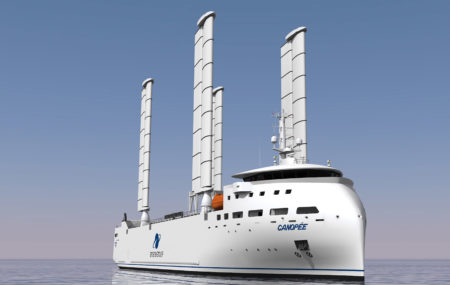
Energy
AYRO and decarbonisation in shipping
With its WINNEW project, AYRO is at the heart of innovation in the maritime sector
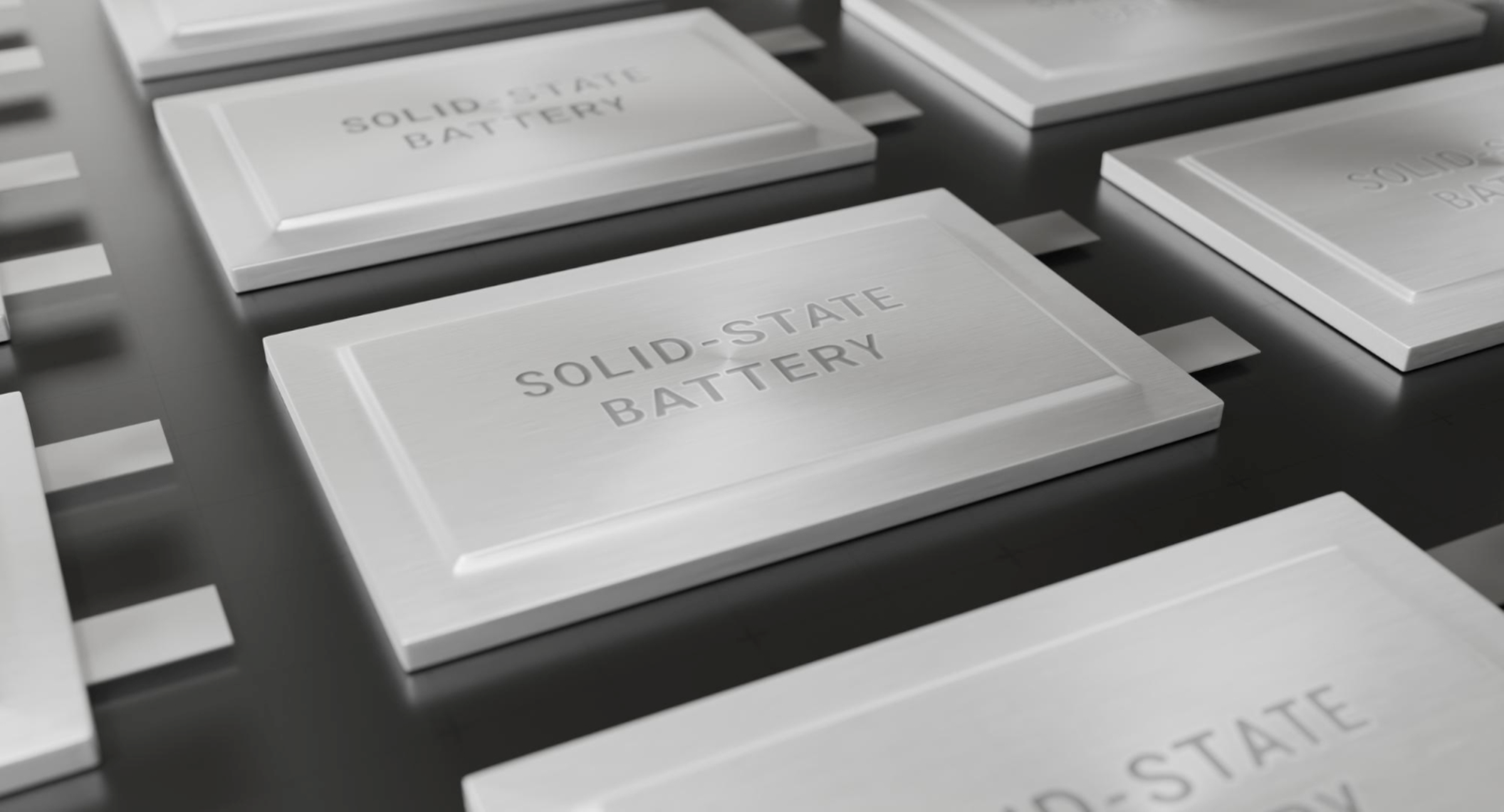
This project will be the starting point of a first European value chain for solid-state batteries
One of Europe’s main challenges is to have a new generation of solid-state batteries of lithium-metal to meet the energy needs of electromobility and stationary applications. The SEATBELT (Solid-state lithium metal battery within situ hybrid electrolyte) project aims to develop a new generation of efficient and safe battery materials that meet European criteria for decarbonisation, sustainability, affordability, and self-sufficiency in production.
Funded by the European Commission under the Horizon Europe programme, this ambitious project was supported by Zabala Innovation. The €8 million grant will enable this new energy storage system to see the light of day “before 2030”, explains Didier Devaux, French National Centre for Scientific Research (CNRS) researcher and coordinator of SEATBELT.
SEATBELT’s ambition is to contribute to building a local European industry by taking the first technological step, i.e. the development of a cost-effective, durable and robust battery cell that meets the needs of the stationary and electric vehicle industry. The challenge will be to meet the ambitious performance requirements of the European Commission. SEATBELT will be the starting point of the first European value chain for solid-state batteries. Leading European representatives from R&D and innovation and industry are already part of its consortium.
Because it will allow us to select materials in the best possible way, not only in terms of performance or interest to the researcher but also in terms of cost and the ease of producing them in very large quantities. In addition, we will be able to optimise the materials and the interfaces of the battery cell, so that everything works in terms of application.
We are 15 partners from seven different countries. We come from the academic world, such as Polymat (University of the Basque Country, Spain) and the CNRS, from the world of intermediate companies, such as Euro Support and Polykey, for scaling up, and from battery manufacturers, especially Blue Solutions. The latter’s participation in the project will make it possible to recover sufficient quantities of these materials to produce batteries that will then be tested in real conditions. Renault is also part of the consortium, which will give us an industrial perspective focused on the transport sector for the objects we are going to develop.
However, we propose to go even further and have these actors collaborate to better understand the issues related to battery assembly, safety issues and X-ray and neutron imaging techniques. These are concepts that are well known to academics and have recently started to be used by industry.
At a meeting about two and a half years ago, it occurred to me to couple imaging techniques and security. It was then that I discussed it with one of the partners, the Münster Electrochemical Energy Technology (Germany). Six months later, and over the next year, I discussed the idea with a researcher from the University of the Basque Country and Polymat, who in turn became a partner. We checked whether there was already evidence of interest and, little by little, we built up the consortium. About a year ago, once this critical stage was over, we contacted Zabala Innovation.
One of the industrialists, Blue Solutions, was convinced that we needed the support of a specialised company to help us keep the consortium together – a task for which we had no experience – and to have a rhythm of work that would allow us to meet the project submission deadlines. Today I can say that he was right. With its expertise, Zabala Innovation structured and coordinated the drafting of the project to better meet the expectations of the European Commission.
It went very well. The three consultants who worked with us, Cristina Catalina, Sara Marin, and Audrey Bretaud-Kelle, intervened almost every day. As soon as there was a problem, it was raised and we were able to work on it. Thanks to this framework and the meetings organised with the partners and Zabala Innovation to address specific points, I was able to go beyond my limits as a researcher in all these aspects.
It was a very good and intense collaboration, as there was also a weekly meeting with key partners, such as Blue Solutions and Polymat, which allowed us to move forward at a very intense pace, maintaining it until the presentation of the project.
What made the difference in the evaluation of the project proposal was the quality of the impact part. That allowed us to be selected and get the funding. So I do not doubt that if I had other project ideas, I would work with Zabala Innovation again.
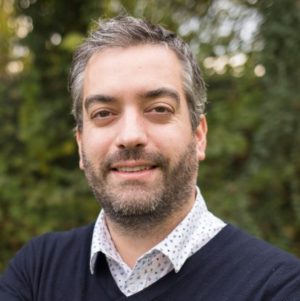
“What made the difference in the evaluation of the project proposal was the quality of the impact part”
Didier Devaux
Researcher and coordinator of SEATBELT

Energy

Agroalimentation and bioeconomy

Climate, Natural Resources and Environment

News
ENVIRONMENT
Pre-proposals to improve aquatic ecosystems and biodiversity can be submitted until mid-November
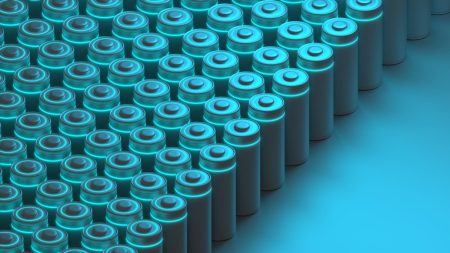
Opinion
Batteries
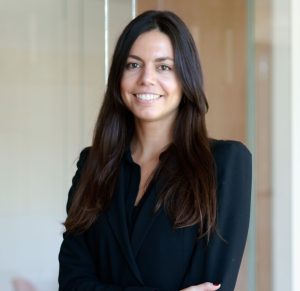
Mariana Sousa
Innovation consultant and batteries expert – EU projects

Publication
Regions
Innovation is key to making regions more digital and sustainable, and in our publication you will learn about the funding opportunities that make this possible
We lead leading European projects and studies in different sectors, such as smart cities, energy and environment, ICT, biotechnology and open innovation. Our goal is to innovate and to create new paths within the European innovation ecosystem.

The important thing is not to keep moving, but rather to know in which direction to go. Our 37% success rate proves that we know how to guide our clients.
Our compass is our clients; our mission is to solve their problems, guiding them so that innovation becomes their key to competitiveness.
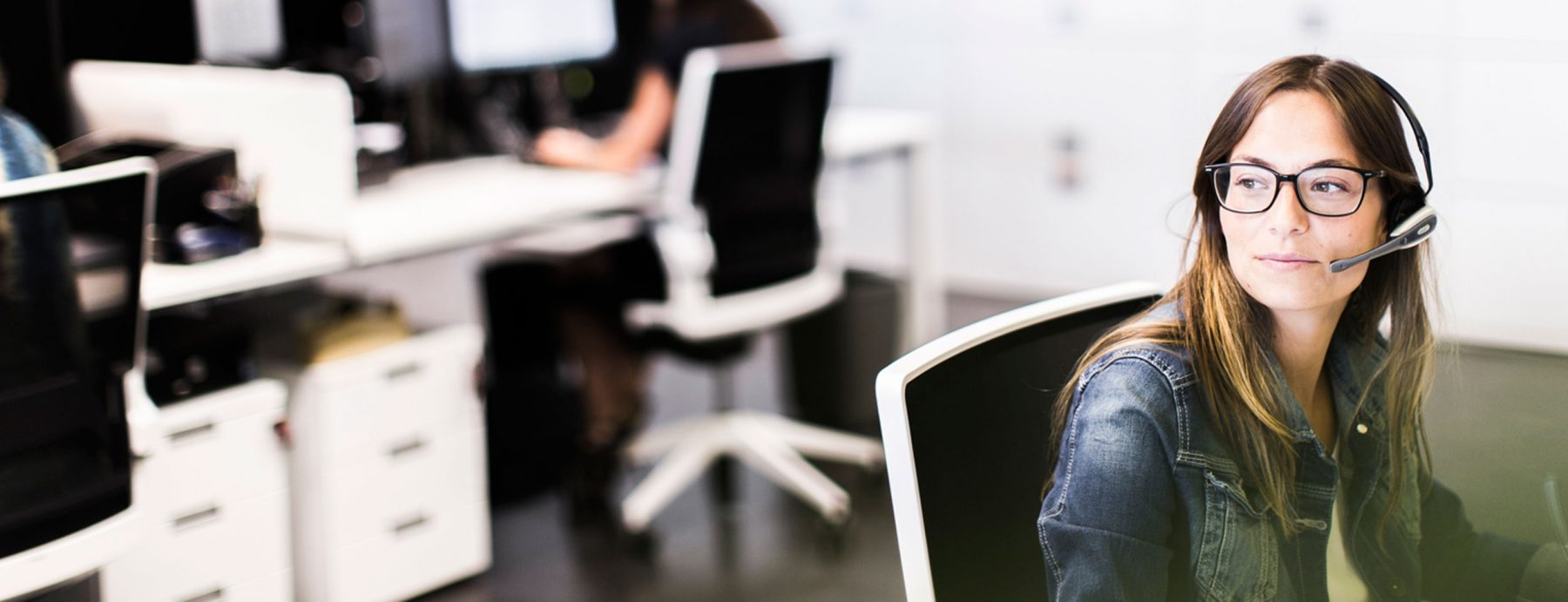
This website uses cookies so that we can provide you with the best user experience possible. Cookie information is stored in your browser and performs functions such as recognising you when you return to our website and helping our team to understand which sections of the website you find most interesting and useful.
Strictly Necessary Cookie should be enabled at all times so that we can save your preferences for cookie settings.
This website uses Google Analytics to collect anonymous information such as the number of visitors to the site, and the most popular pages.
Keeping this cookie enabled helps us to improve our website.
Please enable Strictly Necessary Cookies first so that we can save your preferences!
This website uses the following additional cookies:
(List the cookies that you are using on the website here.)
Please enable Strictly Necessary Cookies first so that we can save your preferences!